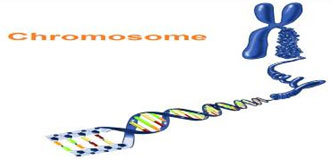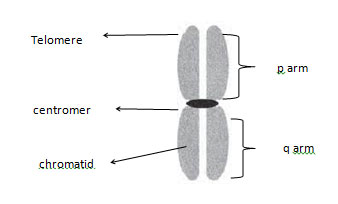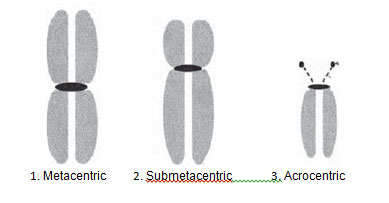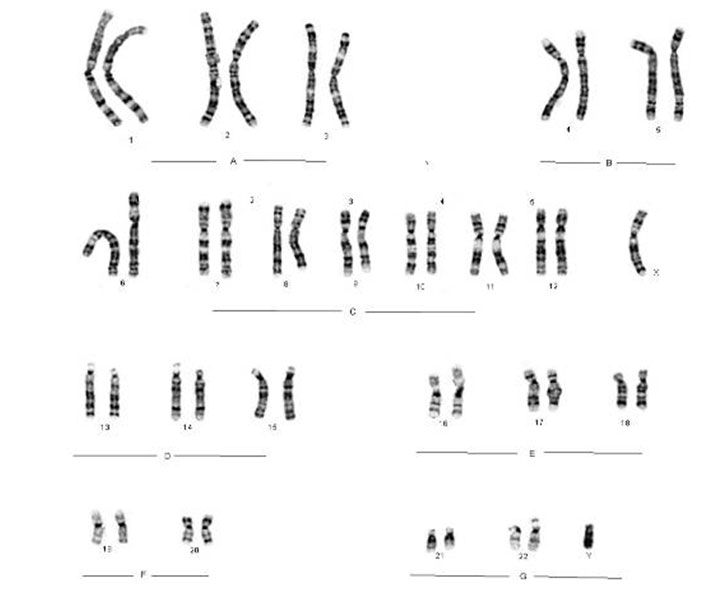Introduction
In cell’s nucleus, DNA is tightly coiled with histone protein and is packaged into thread-like macromolecule called Chromosome. “Chromosome” is derived from Greek word “ Chroma (colour), Soma (body)”
1866: Gregor Mendel discovered Mendel’s Laws of Inheritance from his work with peas hybridization
1882: Wather Flemming was the first to illustrate the human chromosome, referred to as chromatin and for the first time the word “Mitosis” is used.
1888: Waldeyer introduced the word “Chromosome” that is derived from Greek word.
1900: Independently Bovery and Sutton discovered chromosome theory of Inheritance
1921: Theophilus Painter was the first to concluded that number of human chromosome is 24 with his observation under microscope. Until 1956, scientist realized the real number of human chromosome is 23.
Human Chromosome
Human chromosome consist of :
- 22 autosome
- 2 sex chromosome ( X and Y chromosome)
Normal male : 22 autosome + one X Chromosome one Y chromosome
Normal female: 22 autosome + two X chromosome
Chromosome Structure
Chromosome structure consist of two sister chromatid is held together by Centromere. Centromere also divides chromatid into 2 parts which are p arm and q arm. At the end of chromosome, a protective cap known as Telomere that protect from DNA degradation during chromosome breakage and prevent end to end fusion of chromosome.
The different position of centromere along chromatid classify chromosome into 3 types :
- Metacentric- position of centromere in the middle of chromatid
- Submetacentric- position of centromere in between the middle of chromatid and the end of chromatid
- Acrocentric- position of centromere at the end of chromatid
Human chromosome karyotype arrange according to chromosome size and position of centromere which classified into groups:
|
Group
|
Criteria
|
Chromosome no
|
| A | Large-sized metacentric | Chromosome 1-3 |
| B | Large-sized submetacentric | Chromosome 4-5 |
| C | Medium-sized submetacentric | Chromosome 6-12, X |
| D | Large-sized acrocentric | Chromosome 13-15 |
| E | small-sized submetacentric | Chromosome 16-18 |
| F | small-sized metacentric | Chromosome 19-20 |
| G | small-sized acrocentric | Chromosome 21-22, Y |
Chromosome is visible during cell division, which can be divided into two types:
- Mitosis for replication of new cells
- Meiosis for gamete production
Mitosis divide into 4 phases which are Prophase, Metaphase, Anaphase and Telophase
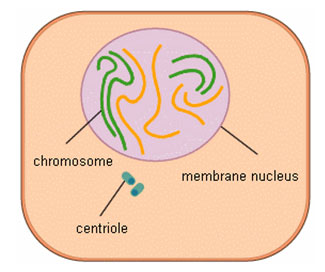
Meiosis has two parts:
- Meiosis 1- Chromosome number reduces by half (diploid to haploid). Two haploid daughter cells is produced.
- Meiosis 2- Mitosis divide of each haploid daughter produced 4 haploid daughter cells
Each of them has 4 phase:
- Meiosis 1- Prophase 1, Metaphase 1, Anaphase 1, Telophase 1
- Meiosis 2- Prophase 2, Metaphase 2, Anaphase 2, Telophase 2
References
- Steven L. Gersen, M. B. (2005). The Principles of Clinical Cytogenetics 2nd edition. Totowa,New Jersey: Humana Press.
- William S. Klug, M. R. (2007). Essentials of Genetics Sixth Edition. San Francisco: Pearson Benjamin Cummings.
| Last Reviewed | : | 02 January 2017 |
| Writer | : | Ahmad Akmal bin Ahmad |
| Accreditor | : | Aminah bt. Mekesat |


